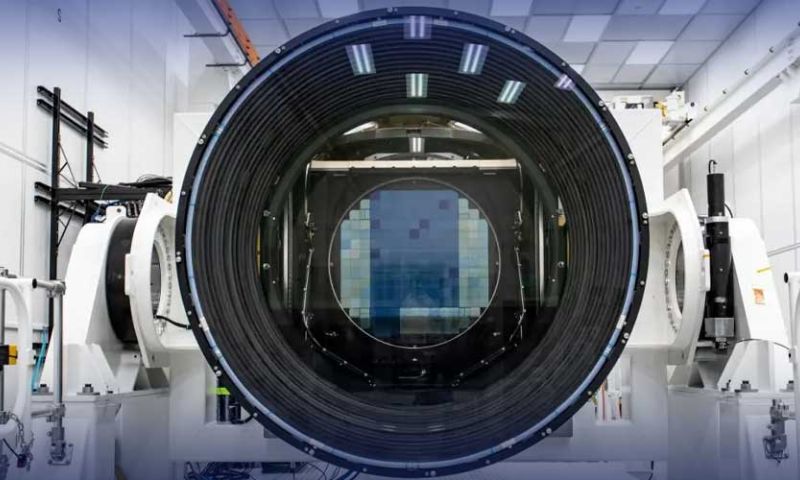WASHINGTON: Engineers and scientists at the SLAC National Accelerator Laboratory, in collaboration with other organizations, have developed the groundbreaking 3,200-megapixel Legacy Survey of Space and Time (LSST) Camera.
This innovative camera promises unmatched detail of the southern night sky and has the potential to revolutionize our understanding of the universe.
Over the course of a decade, the LSST Camera will collect a vast amount of data, providing researchers with an extensive dataset to analyze. This data holds the key to unlocking the secrets of dark matter and dark energy, two enigmatic elements that play significant roles in the universe’s composition and expansion.
Director of Rubin Observatory Construction and University of Washington professor, Željko Ivezić, expressed excitement about the LSST Camera, stating, “With the completion of the unique LSST Camera at SLAC and its imminent integration with the rest of Rubin Observatory systems in Chile, we will soon start producing the greatest movie of all time and the most informative map of the night sky ever assembled.”
Renowned physicist Turner emphasized the importance of expanding our understanding of fundamental physics, asserting, “With the LSST Camera at its core, Rubin Observatory will explore deeper than ever before into the cosmos and help answer some of the hardest, most important questions in physics today.”
The LSST Camera is an engineering marvel, with dimensions comparable to a small vehicle and a weight exceeding 3 metric tons. Its front lens, boasting a diameter of over five feet, sets a record in size. A meticulously designed three-foot-wide lens seals the vacuum chamber containing the camera’s large focal plane, ensuring its optical integrity.
The focal plane, comprised of 201 specially designed CCD sensors, is remarkably flat, with variations no greater than a tenth of the width of a human hair. The precision extends to the pixels themselves, which are a mere 10 microns wide, showcasing the advanced technology utilized in creating this cutting-edge instrument.
Once operational, the LSST Camera will meticulously map the locations and brightness of various celestial objects across the night sky. It will actively search for faint indications of weak gravitational lensing, a phenomenon that provides crucial insights into dark energy by revealing the distribution of mass throughout the universe and how it evolves over time.
Through the identification of dark matter clusters and the observation of supernovae, scientists aim to investigate the changing distribution of galaxies over time, furthering our understanding of dark energy and dark matter.
























